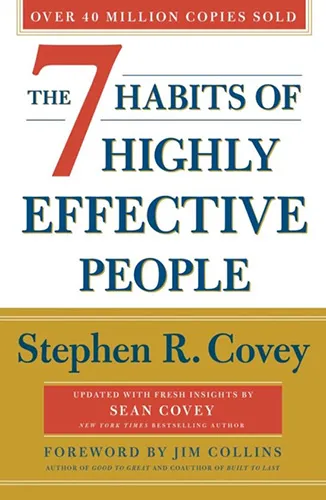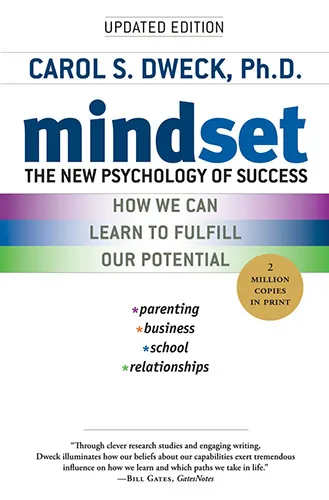Brené Brown’s Dare to Lead is a masterclass in leadership with heart, courage, and authenticity. Drawing on decades of research, Brown redefines what it means to be a strong leader in today’s world. Spoiler alert: It’s not about titles, control, or power plays—it’s about cultivating vulnerability, trust, and resilience. This book is a call to action for anyone who wants to lead with integrity and build organizations (and lives) that thrive on connection and purpose.

Core Concepts
At its heart, Dare to Lead focuses on the idea that courage is the cornerstone of effective leadership. Brown provides a practical framework for developing this courage, unpacking what it means to “rumble” with vulnerability, create a culture of trust, and embrace the hard, messy work of meaningful leadership.
Here are some of the standout insights:
⭐ Vulnerability is the birthplace of courage
Brown challenges the long-standing belief that vulnerability is a weakness, showing instead that it’s a powerful source of strength. Leaders who are willing to be vulnerable—admitting mistakes, asking for help, and showing their true selves—create space for innovation, trust, and connection.
⭐ Clear is kind. Unclear is unkind
One of the book’s most quoted lessons is Brown’s emphasis on the importance of clear communication. Avoiding tough conversations or sugarcoating feedback doesn’t spare feelings—it creates confusion and mistrust. Clear, direct communication, even when it’s hard, is an act of kindness.
⭐ Armored leadership versus daring leadership
Brown introduces the concept of “armored” leadership, where leaders protect themselves with defensiveness, control, and perfectionism. She contrasts this with “daring” leadership, which requires embracing discomfort, being open to feedback, and leading with curiosity and empathy.
⭐ Build trust through BRAVING
Trust isn’t built on grand gestures; it’s built on small, consistent actions. Brown introduces the BRAVING acronym to break down the elements of trust:
- Boundaries: Respect and communicate boundaries.
- Reliability: Do what you say you’ll do.
- Accountability: Own your mistakes and make amends.
- Vault: Keep confidences and don’t gossip.
- Integrity: Choose courage over comfort.
- Non-judgment: Foster an environment where people can ask for help.
- Generosity: Assume positive intent in others.
⭐ Courageous leadership requires “rumbling with vulnerability”
A “rumble” is Brown’s term for honest, productive conversations that involve difficult topics. Instead of avoiding or smoothing over conflict, courageous leaders lean into vulnerability, creating a space where people feel heard and solutions can emerge.
⭐ Perfectionism kills creativity
Brown describes perfectionism as a shield that holds us back from taking risks and being authentic. True leadership requires letting go of the need to do everything flawlessly and focusing instead on progress and learning.
⭐ You can’t avoid tough conversations
Whether it’s delivering feedback, addressing underperformance, or tackling systemic challenges, courageous leaders step up to the plate. Brown provides tools for approaching these conversations with clarity, empathy, and a commitment to growth.
Final Thoughts
Dare to Lead isn’t just for CEOs or managers—it’s for anyone who wants to show up more authentically in their work and relationships. Brené Brown’s insights and research-backed advice will push you to rethink old notions of leadership, embrace vulnerability as a strength, and create environments where everyone can thrive.
Whether you’re leading a team, building a business, or simply striving to lead your own life with greater courage and intention, this book will leave you inspired and equipped to do the brave, messy, and meaningful work that leadership requires. Highly recommended!













